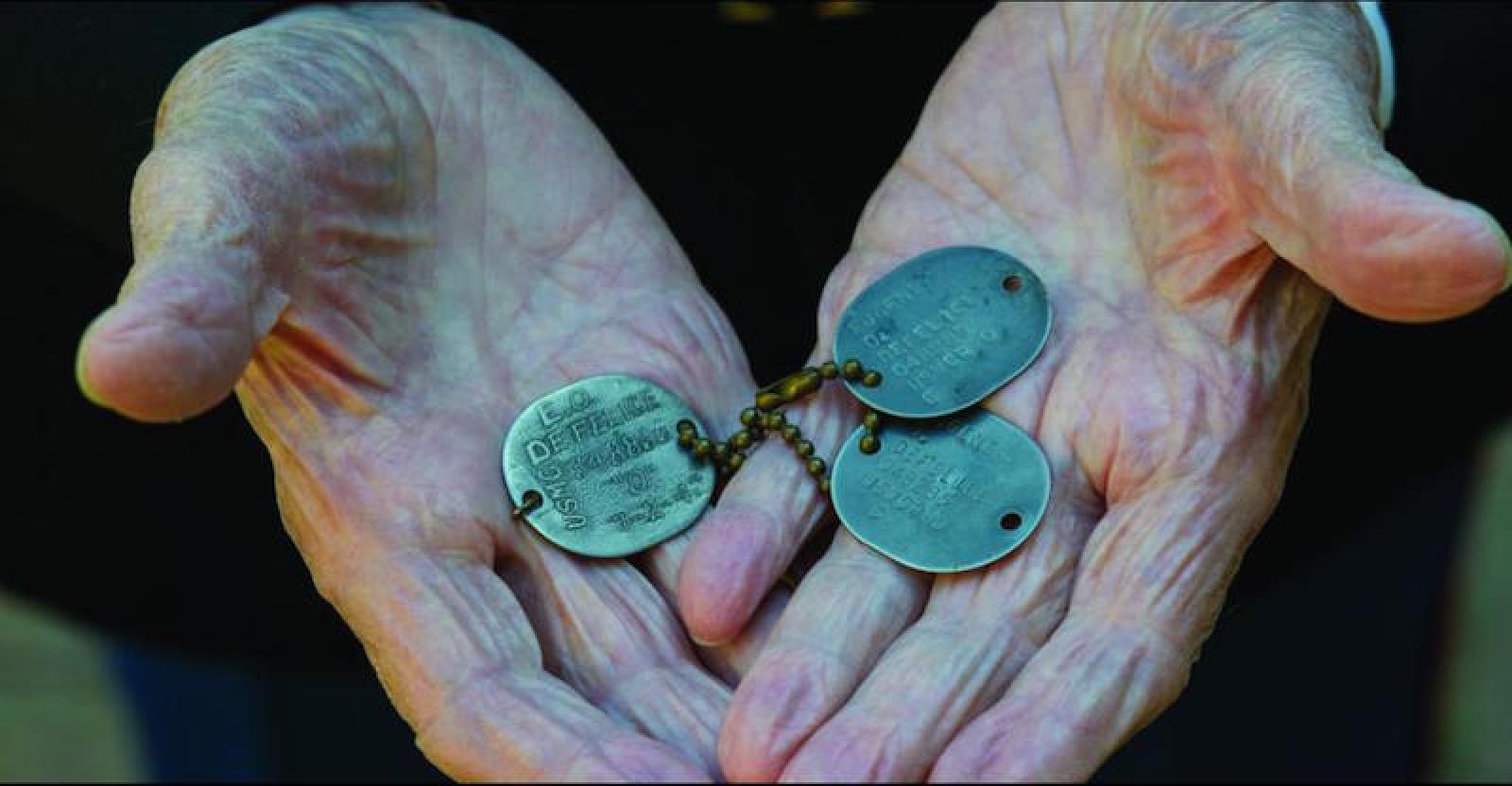On Dec. 7, 1941, William J. Holzapfel Jr., was having a leisurely breakfast at his house on Hickam Field, a half block from Pearl Harbor, when the attack came.
“He tumbled into his clothes and rushed to the line, for he had a squadron out on the field, and it was his hopeless task to try to get the planes up in the face of the bombardment from the air. Later on, he did accomplish it. He left behind in his house, his wife and his baby son, Alan Kepler. They did not meet again for several days.”
So began an account published in the Vineyard Gazette about the attack on Pearl Harbor. Mr. Holzapfel Jr. was not a Vineyarder, but after he went to war, his wife and son Alan decided to come to the Vineyard for some peace and quiet during a time when this was in short supply. Mrs. Holzapfel and her son visited the Gazette office during their stay and gave an eyewitness account of what it was like to be in Pearl Harbor on that fateful day.
This interview, along with many other stories written during and about World War II, is the newest addition to the Vineyard Gazette Time Machine, a portal into the past filled with articles from the vast Gazette archives. Click the link and be transported back to Pearl Harbor and World War II as seen through the eyes of Vineyarders, many of whom were on the front lines, along with others who fought the war from home.
In the Gazette office, young Alan Holzapfel played with the newsroom collie while his mother recounted her story of that day:
“Lying on the floor she looked out and watched the Japanese machine-gunning the houses, and the tiles flying off the nearby roofs. And out over Pearl Harbor, hidden in ominous clouds of black smoke, she saw the battle in the clouds, and saw two Japanese fighters go down in flames. Deafening explosions came from Pearl Harbor on one side and from “our hangar fire” on the other side. As everyone knows, the Japanese attacked all the fields at once.”
The Time Machine archives also feature stories about Islanders who fought in World War II, including John Hughes who was born at home on Circuit avenue in Oak Bluffs and became the commanding officer of a minesweeper, Gene De Felice of Oak Bluffs who was wounded at the Battle of Guadalcanal, and Ted Morgan of Edgartown, an Army medic in a parachute infantry regiment.
“I forget many other things, but I’ll never forget my experiences during World War II,” Mr. Morgan said in an interview in the Martha’s Vineyard Magazine.
There are also stories about how life was altered on the Island during the war due to the rationing of gas, sugar and tires. The Naushon and the New Bedford steamers were requisitioned by the government for the war effort, and an article dated July 7, 1942 described how the Vineyard was used as a staging ground during the war, its beaches replicating potential battles overseas.
“It is announced, however, that troops in boats will approach in Vineyard Sound from the eastward, and will conduct landing operations along the north shore in the region lying generally between Chappaquansett and Cape Higgon. Probably the maneuvers will be two-sided, with a defending force as well as the landing force. The latter will work inland from the beaches in the general direction of the state reservation.”
The Gazette covered the war until the end, reporting on D-Day, when church bells all over the Island began ringing early in the morning to announce the invasion, and “how the people sensed the meaning of the pealing of the bells, which had been rung the last time for other than a churchly message at the time Italy surrendered.”
And finally the reaction on August 14, 1945.
“Enthusiasm of a variety that was wild by Island standards followed the 7 o’clock broadcast on Tuesday night that Japan had surrendered. The natural instinct and tendency to celebrate was manifested by just about every person able to walk and appear out of door; and it seemed, in the down-Island section, at least, that all were present.”
For the full stories, visit the Vineyard Gazette Time Machine.




Comments (1)
Comments
Comment policy »